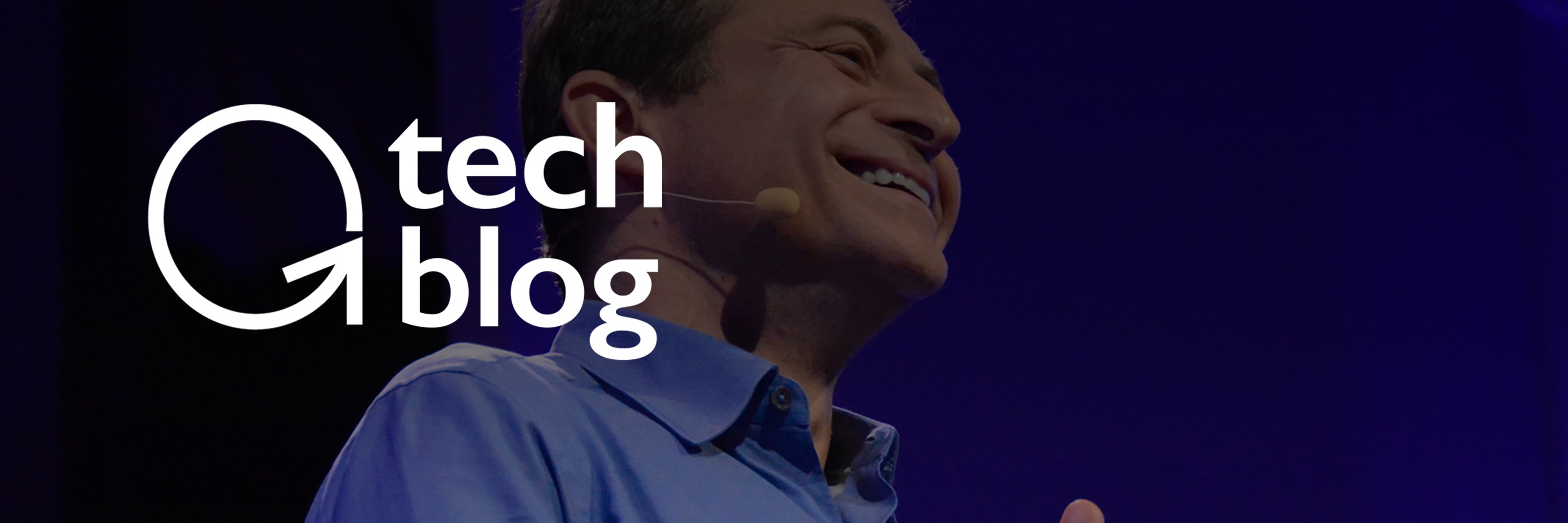
In this week's Abundance Insider: Flying cars from Airbus, voice analysis tech to diagnose disease, and a new employment milestone for the solar energy industry.
Cheers,
Peter, Marissa, Cody, Kelley, Greg, Sydney and AJ
P.S. Send any tips to our team by clicking here, and send your friends and family to this link to subscribe to Abundance Insider.
Airbus Plans to Make Autonomous, Flying Cars a Reality by 2017

What it is: Airbus recently announced Project Vahana, its plan to make an autonomous flying car. The company envisions a future in which they're able to transport several people in a helicopter-style, autonomous vehicle. Airbus, which is the world's largest commercial helicopter manufacturer, assures that it will use clean technology throughout the development of these self-flying cars. It is estimated that the prototype will be completed this year (2017), and will launch for short-haul trips by 2021.
Why it's important: Autonomous flying cars may disrupt industries even more than current autonomous ride sharing initiatives. Mckinsey suggests autonomous vehicles could reduce the need for parking space in the U.S. by more than 5.7 billion square meters. Imagine the amount of land that will be reclaimed in a future of flying autonomous cars, and increased human productivity due to faster, more enjoyable commutes. | Join the Discussion
Spotted by Khaled Salih / Written by Sydney Fulkerson
Drive Any Cadillac, Anytime, for $1,500 a Month

What it is: GM's new Book by Cadillac service brings cars to the X-as-a-Service mindset to New York City. For a payment of $1,500 per month, customers can drive a Cadillac and switch it out for a different Cadillac model as many as 18 times per year. The month-to-month plan also includes insurance and maintenance.
Why it's important: Ridesharing services like Uber and Lyft are upending classical ideas of car ownership; simultaneously, traditional carmakers are fighting for market share via advanced safety and technology features. This Cadillac experiment is symptomatic of further business model experiments GM and other automakers will conduct as they try to avoid getting crushed by this tsunami of change. | Join the Discussion
Spotted by Clyde Dennis / Written by Jason Goodwin
Solar Employs More Workers Than Coal, Oil and Natural Gas Combined

What it is: According to the U.S. Department of Energy's second annual U.S. Energy and Employment Report, 2016 marked the year when solar employed more workers than any other energy industry, boasting more jobs than coal, oil and natural gas combined. Some 6.4 million Americans now work in the traditional energy and energy efficiency sectors, and 300,000 net new jobs -- representing 14% of U.S. job growth -- were created for this newly dominant industry. Overall, the U.S. solar workforce increased 25% in 2016, and solar employers expect to increase employment by another 7% this year.
Why it's important: New developments are occurring every day to move us to a world of abundant energy, abundant clean water and abundant possibility -- including employment in the efficient energy sector. | Join the Discussion
Spotted by David Butlein / Written by Sydney Fulkerson
CEPI Officially Launched

What it is: In a launch at Davos, the governments of Germany, Japan and Norway, plus the Bill & Melinda Gates Foundation and the Wellcome Trust have committed $460 million to create CEPI, or the Coalition for Epidemic Preparedness. Their goal is to dramatically shorten the time it takes to develop new vaccines, in particular those that suddenly emerge as public health threats, like Zika and Ebola. With backing from Merck, GSK, Johnson and Johnson, Pfizer, Sanofi and Takeda, CEPI is looking to first target the MERS-CoV, Lassa and Nipah viruses, which have known potential to cause serious epidemics.
Why it's important: This combination of public, private, and philanthropic support is a great catalyzer in responding to humanity's grand challenges. As artificial intelligence, synthetic genomics, data mining and computational power increase their exponential growth, we'll see a wave of interest in developing new methods and processes to create vaccines and, ultimately, eliminate disease entirely. | Join the Discussion
Spotted by Marissa Brassfield / Written by Jason Goodwin
AI Software Learns to Make AI Software

What it is: In recent months, researchers at Google Brain, OpenAI, MIT, Berkeley, and Google's DeepMind have all reported progress on creating a machine learning system that creates machine learning systems. At Google Brain, the team designed a piece of software to design a system to take a test used to benchmark how software is able to process language, surpassing all previous results from human-designed software.
Why it's important: This is a huge first step in designing powerful self-starting AI's. The Google Brain design required 800 GPUs, but this barrier will be eliminated as recent developments in supercomputers, materials science, and quantum computing extend or accelerate Moore's Law. This development frees data scientists to focus on higher-level work, and also democratizes machine learning and AI systems to less-technical users, hastening a cognitive revolution. | Join the Discussion
Spotted by Marissa Brassfield / Written by Jason Goodwin
Graphene's Sleeping Superconductivity Awakens

What it is: Researchers at the University of Cambridge have experimentally verified the latent superconductivity of graphene, a two-dimensional sheet of carbon known for being strong, light, flexible and highly conductive. Up until now, adding superconductivity has required doping with another material, which Cambridge researchers say can compromise some of its other properties. Here, although the researchers achieved the superconductivity with a copper oxide, they were able to experimentally confirm that the superconductivity was coming from the graphene itself, versus the doping material.
Why it's important: This marks an important step in realizing graphene's potential in healthcare and electronics, as superconductors are present in a range of devices, from MRI machines to levitating trains and energy storage. Look for graphene to make these devices lighter, stronger and more powerful, while also enabling new types of devices in high-speed and quantum computing. | Join the Discussion
Spotted by Marissa Brassfield / Written by Jason Goodwin
Voice Analysis Tech Could Diagnose Disease

What it is: Voice samples are becoming rich sources of diagnostic data for a person's health, particularly for conditions that are not reducible to a blood test. By comparing the pitch, rhythm, rate and volume of voice samples from patients with PTSD, TBI (Traumatic Brain Injury), and depression versus healthy subjects, Charles Marmar of NYU, in collaboration with SRI International created an AI system that accurately diagnosed PTSD 77% of the time in a group of 39 men.
Why it's important: Converging advances in computing power, machine learning algorithms, and the digitization of voice data enable us to quantify that which used to be intuitive but untestable. As these advances continue, we'll uncover even more relationships between voice and other diseases, and diagnostics will demonetize as more noninvasive and highly mobile testing options become the norm. | Join the Discussion
Spotted by Marissa Brassfield / Written by Jason Goodwin
Brno, Czech Republic Takes First Step to Create European Hyperloop Connecting to Slovakia

What it is: Hyperloop Transportation Technologies (HTT) recently announced the signing of an agreement with Brno, Czech Republic to explore the feasibility of a Hyperloop system that would connect Brno and Bratislava, Slovakia. According to HTT, this is the first Hyperloop agreement to connect two international cities. Brno is about 80 miles north from Bratislava and 140 miles south of Prague, and is considered an international crossroads of railways and highways. (Brno's main railway station sees 500 trains and 50,000 passengers daily.)
Why it's important: The transportation industry is in a time of rapid, aggressive disruption. Will this agreement accelerate progress toward truly porous borders and a truly global economy? | Join the Discussion
Spotted by Marissa Brassfield / Written by Sydney Fulkerson
China's War On Coal Continues -- The Country Just Canceled 104 New Coal Plants

What it is: China recently ordered 13 provinces to cancel 104 coal-fired projects in development, equivalent to 120 gigawatts of capacity (for context, that's almost half of the 305 gigawatts of the U.S.' entire coal capacity). Of these 104 developments, worth an estimated $30 billion, 47 of them were already under construction.
Why it's important: China's big coal plant cancellation proves we are amid an energy mindset shift. Ceasing coal plant developments is just the first step towards a future of continuously declining coal use, in China and elsewhere. | Join the Discussion
Spotted by Marissa Brassfield / Written by Sydney Fulkerson
What is Abundance Insider?
This email is a briefing of the week's most compelling, abundance-enabling tech developments, curated by Marissa Brassfield in preparation for Abundance 360. Read more about A360 below.
WANT MORE CONVERSATIONS LIKE THIS?
At Abundance 360, Peter's 360-person executive mastermind, we teach the metatrends, implications and unfair advantages for entrepreneurs enabled by breakthroughs like those featured above. We're looking for CEOs and entrepreneurs who want to change the world. The program is highly selective. Apply now for Abundance360 Summit if you'd like to develop an Abundance Mindset.
Know someone who would benefit from getting Abundance Insider? Send them to this link to sign up.
Topics: Abundance Insider







